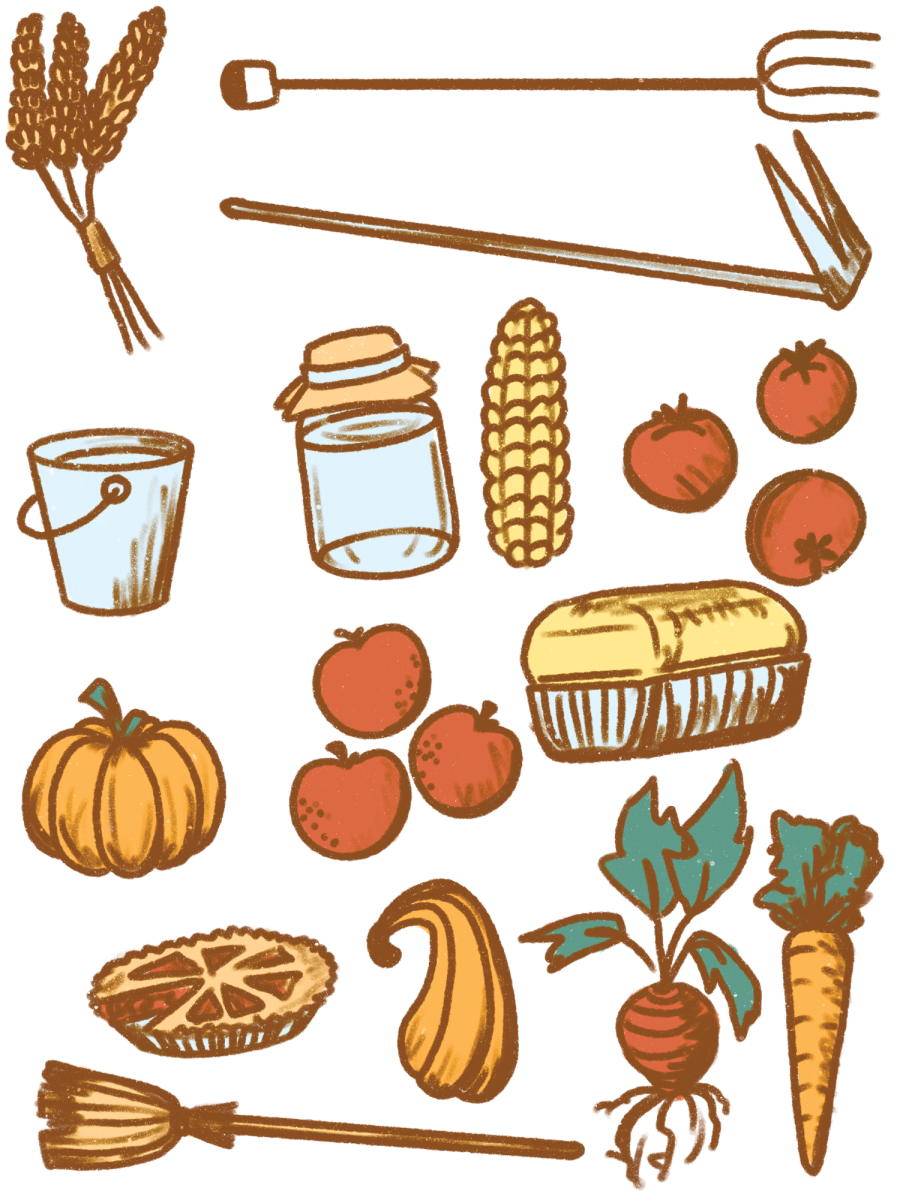Many Texans enjoy the pastime of gardening: beautifying their lawn, growing their own produce, and giving back to the community. While Texas has always had a hot climate, temperatures have recently reached all-time highs, leaving plants–and their owners–hoping to find ways of adapting to climate change, according to KXAN.
Neighborhoods in Texas are bonding together to help combat the heat and become more sustainable, and often use social media to communicate. Yogesh Sharma is the CEO of Britehoods, an app that allows neighbors to help communities practice eco-consciousness. Sharma lives sustainably by maintaining a large personal garden that produces a wide variety of seasonal fruits and vegetables, and through this, he has learned a great deal about growing practices to work around climate change in Austin.
“As temperatures have gotten more extreme, with greater fluctuations, it has become harder to grow with seeds,” Sharma said. “Seedlings are more fragile and sudden changes in weather can stunt their growth.”
Seeds have been genetically modified for a plethora of reasons, including having a high-temperature tolerance, according to the National Health Institute. And while genetic modification can be helpful, it also carries some risks.
“Non-GMO seeds have become harder to grow as well,” Sharma said. “The warm season is getting longer, shortening the potential for winter crops.”
Some people fear that genetically modified seeds can host allergies, destroy biodiversity, and be potentially toxic, according to the Center for Food Safety and the Canadian Biotechnology Action Network. Sharma discussed the many techniques to help plants thrive during the heat without resorting to GMOs which can be just as effective.
“Plant at the right time at the beginning of the season,” Sharma said. “Till and enrich soil before planting. Water once a day at least. Plant earlier than usual, [and] grow seedlings indoors first to give them a better chance to survive the heat.”
The summer of 2023 was the hottest in Austin’s history, dating back to 1942, according to KXAN. Austin’s summer temperature has risen 2.4 degrees in the last century, making it difficult to grow produce.
“[I plant] tomatoes, peppers, watermelons, melons and herbs,” Sharma said. “This summer was so hot that despite all that, a lot of plants did not survive.”
Plants are not the only organisms affected by the rising temperatures during Texas summers. According to Monica Cong, the Planet Earth teacher and environmental surveyor, habitat loss due to climate change is a concern for many species.
“For the specific species that I surveyed, birds are very affected by climate change, some with their range or natural habitat, but it’s again, dependent on species,” Cong said. “For others that I’ve surveyed, a primary factor was habitat loss.”
Since 2006, American commercial beekeepers have reported honey bee colony loss rates averaging 30% each winter, according to Ohio State University. These unprecedented rates are not only visible with honey bees, but also with other native animals.
“One survey I can think of was surveying for Kit Foxes in an orchard,” Cong said. “We would go out and look for a habitat in or around the orchard used by endangered species, and if we saw a Kit Fox den for example, it’s something that we would notify the farmer about so they could make sure to avoid that area within a safe distance so they’re not impacting the animals.”
Texas ranks first in the U.S. for total number of farms with just over 248,000 according to the USDA. In total, about 74% of land in Texas is agricultural land. This amount of land reduces the habitats of native plant and animal species. Land fragmentation, where one farmer operates one or multiple divided plots of land, and habitat loss are some of the greatest risks to wildlife in Texas; they put approximately 800 fish species, 639 bird species, and 5,000 native plant species under threat, according to the Texas Agricultural Land Trust.
“I think the future of [agriculture] will have to take endangered species into account,” Cong said. “There are regulations on the impact on endangered species, so landowners will have to take that into account when planning their activities and make adjustments to mitigate the impact to endangered species, which they have to do. I think that will continue, and working with landowners is critical for protecting endangered species, especially with those threatened by habitat loss and climate change.”
Though farmers are faced with diminished biodiversity, they are finding ways to protect local ecosystems. Land surveyors are key to learning how human intervention affects the environment, according to Cong.
“[Surveys can be used to] see how they could mitigate any impacts on endangered species,” Cong said. “If [surveyors] were using it for farming, or for horticulture, how they could continue to to do that while avoiding the endangered species so that it didn’t impact them.”
Strategies like crop rotation, food forests, and cover-cropping have proven to be effective in reducing carbon emissions by organizations like the National Resources Defense Council. Despite the conditions Texas gardeners face daily, many remain passionate about protecting their hobbies, according to Sharma.
“It gives me personal joy to watch the plants grow,” Sharma said. “We get fresh produce, which tastes better and is nutritionally richer. We save money. We can share with neighbors. We help the environment.”






